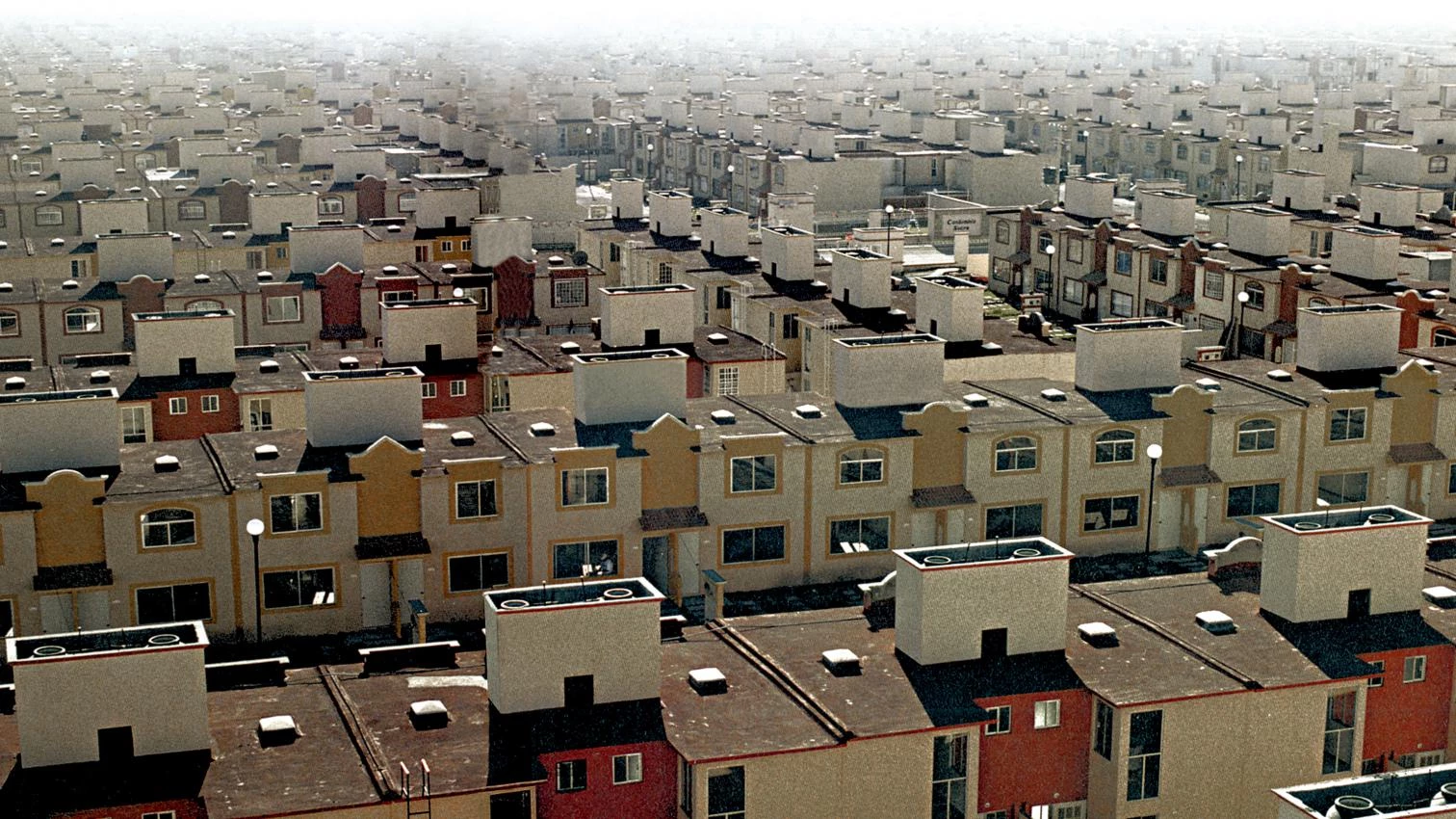From Sprawltown, looking for the City at its Limits
Changing Weather

Almost without notice the city has disappeared. Though people continue to live in places with names like Rome, Paris, New York, Beijing, the majority of the inhabitants of the developed world live in urban conditions somewhere outside the center city. During the past 50 years, the exponential increase in urbanization has pushed the form of cities beyond the scale of the metropolis to that of the megalopolis: an urbanized territory. The geographer Eugenio Turri (2000) refers to the north of Italy as a single urban phenomenon, with Turin, Genoa, Milan, Bologna, Venice as high density points of the Megalopoli Padana. The dozen cities studding the Dutch Randstad (Rimcity) are lived in as an interurban experience. To speak of Los Angeles, is to refer to a confederation of 42 municipalities. The largest conurbation at this time is Tokyo-Yokohama, estimated at 31 million residents, and it has close rivals in Asia and Latin America. Can one really call Mexico City a “city” when it includes perhaps 25 million people, more populous than the continent of Australia? And Houston, with a municipal territory of over 600 square miles seems more like a land than a city. All over the world the dimensions of cities, both demographically and in area, have exceeded what one is capable of recognizing as a city to become sprawl... [+]





